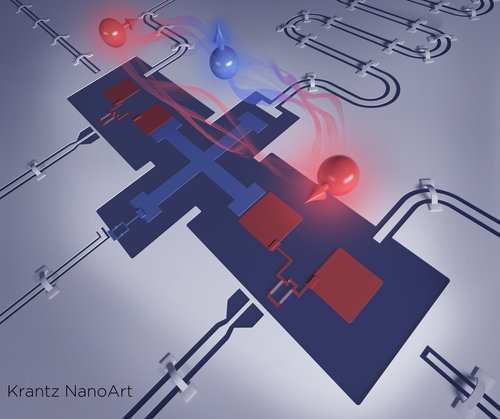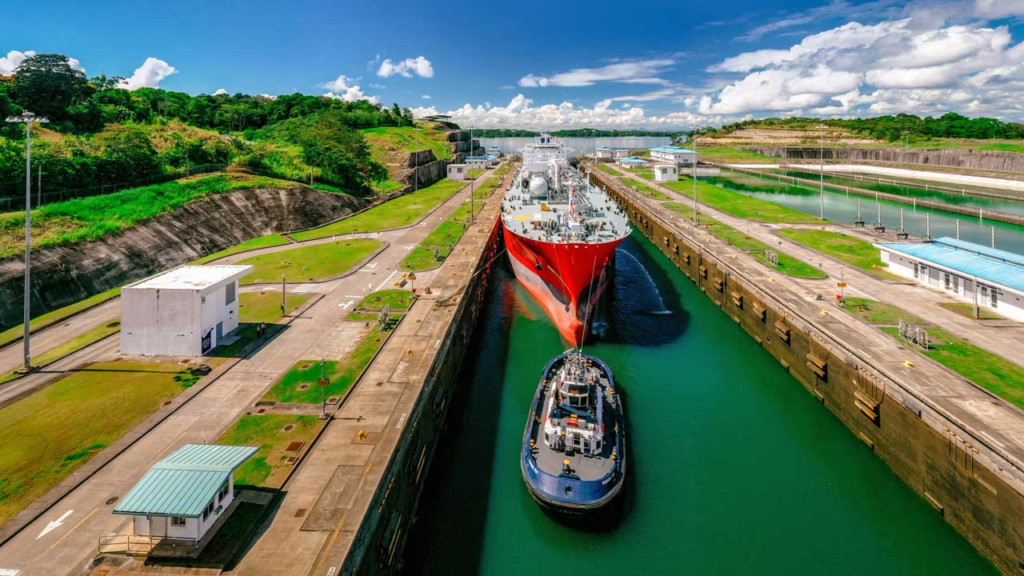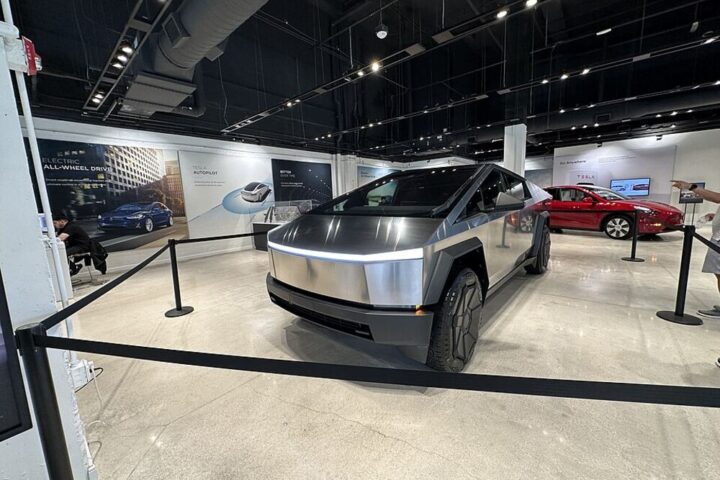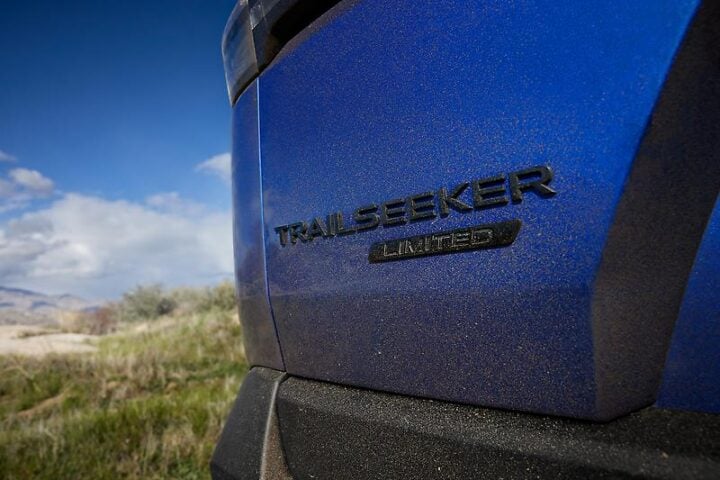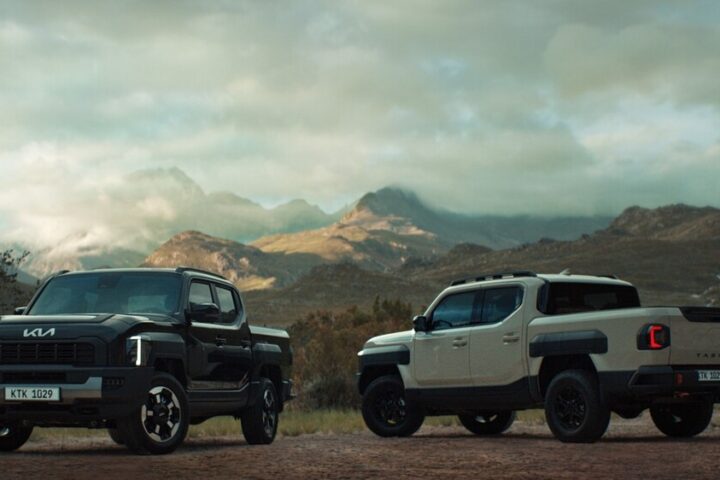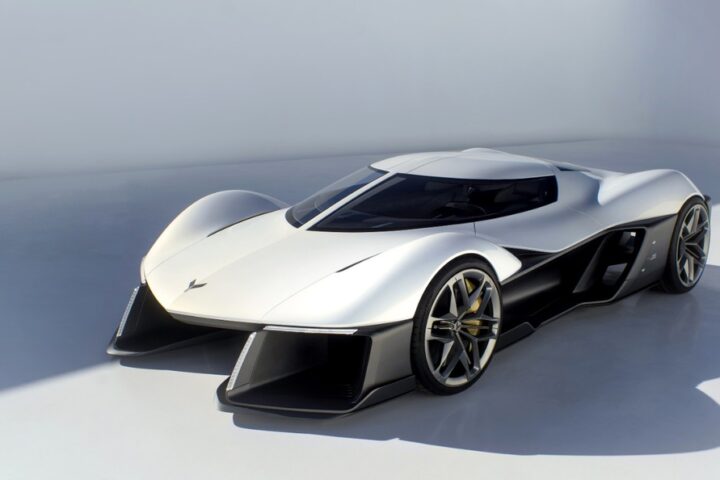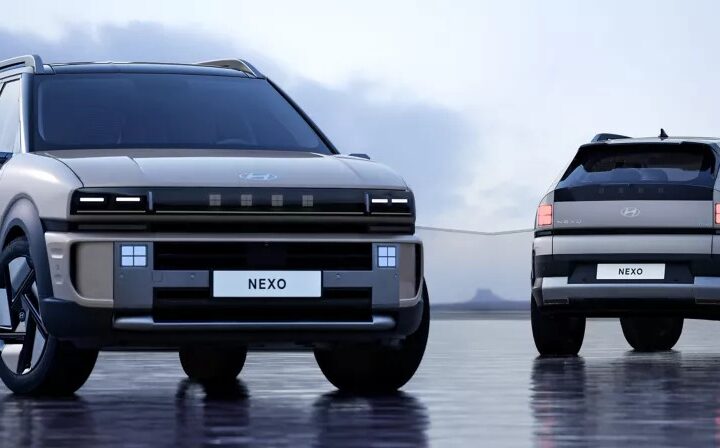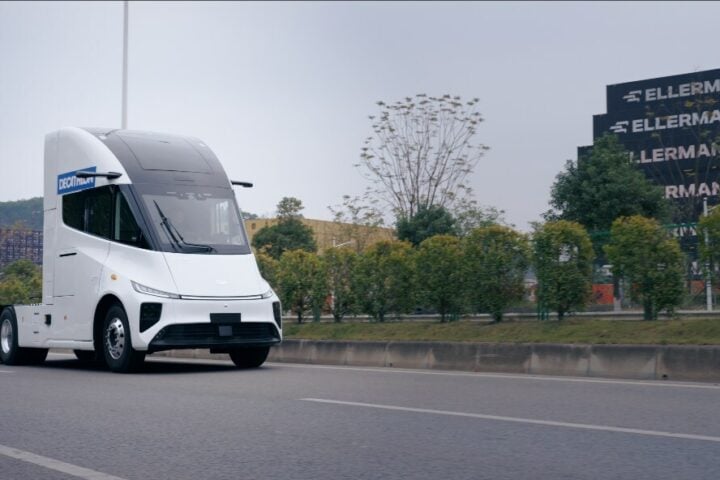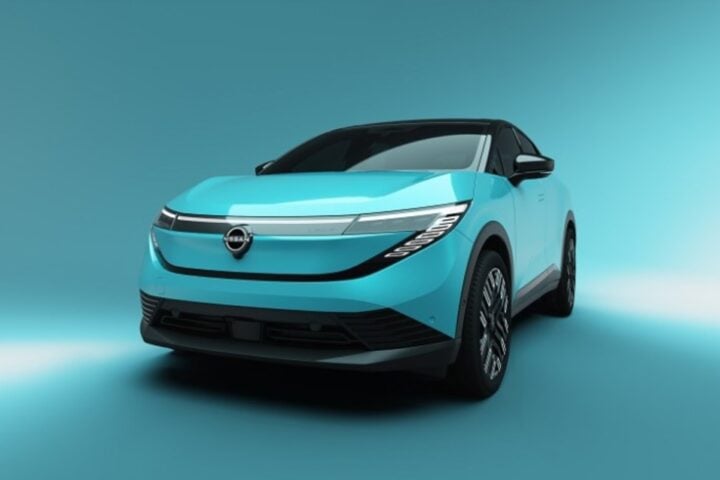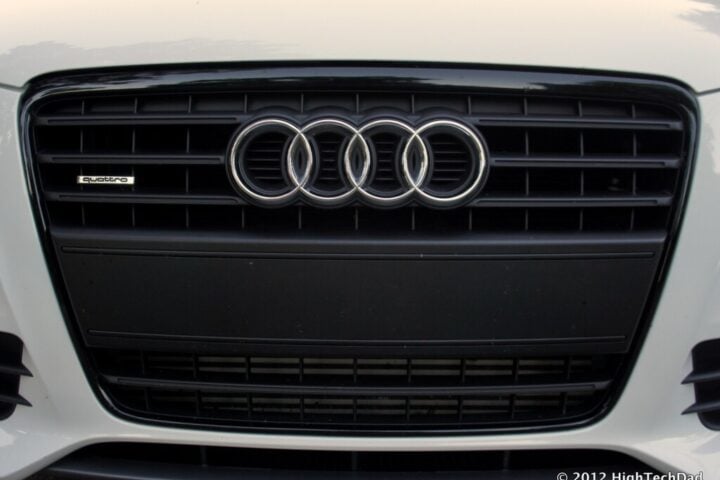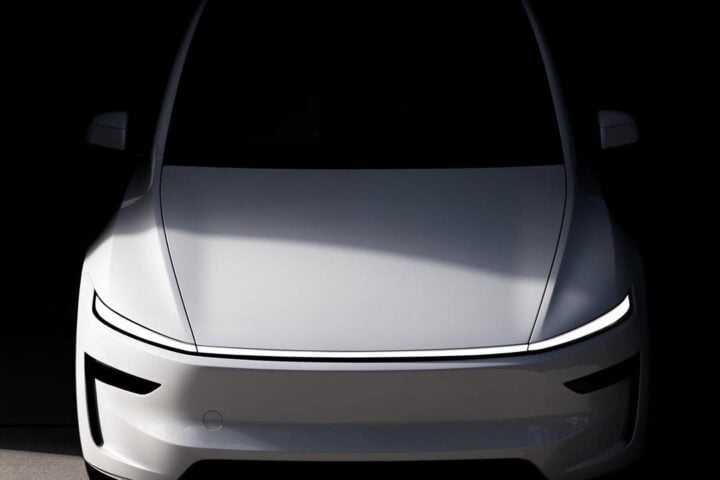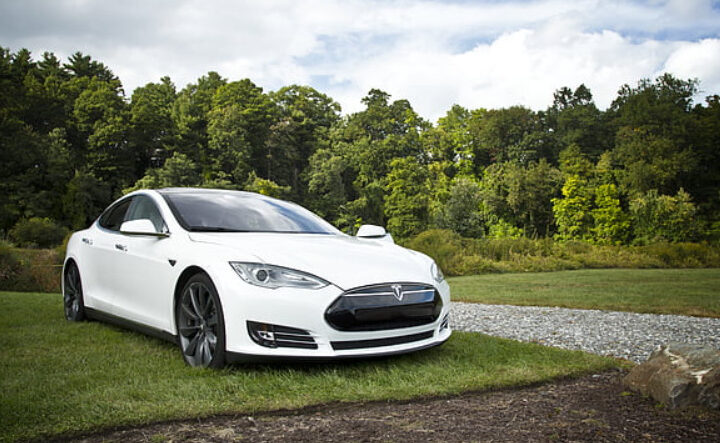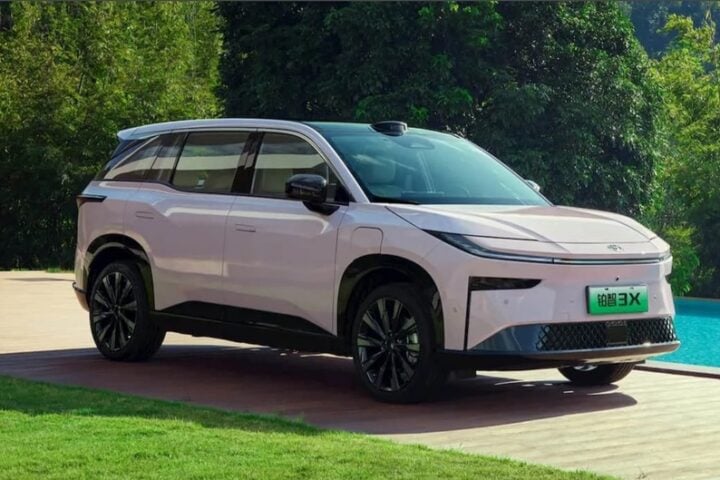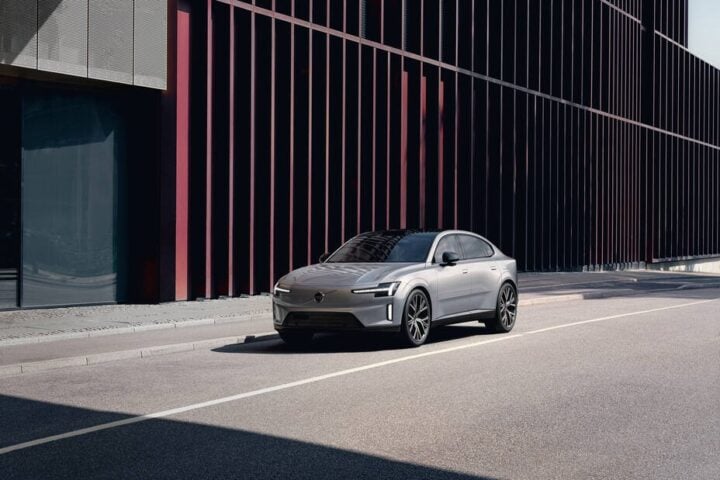Bombardier Recreational Products (BRP) is making strides in the electric motorcycle market with its upcoming Can-Am’s models, the Pulse roadster and Origin dual-sport, aiming for a launch before the end of 2024. Currently, both models are undergoing rigorous testing, and construction is in progress for an additional plant in Queretaro, Mexico, set to be operational by March 2024. This new Mexican facility will be the production hub for Can-Am and Bombardier’s electric bikes, adding 500 new jobs to the region. The Queretaro plant is, interestingly, a significant site for BRP, housing the production of Sea-Doo personal watercraft and Rotax engines.
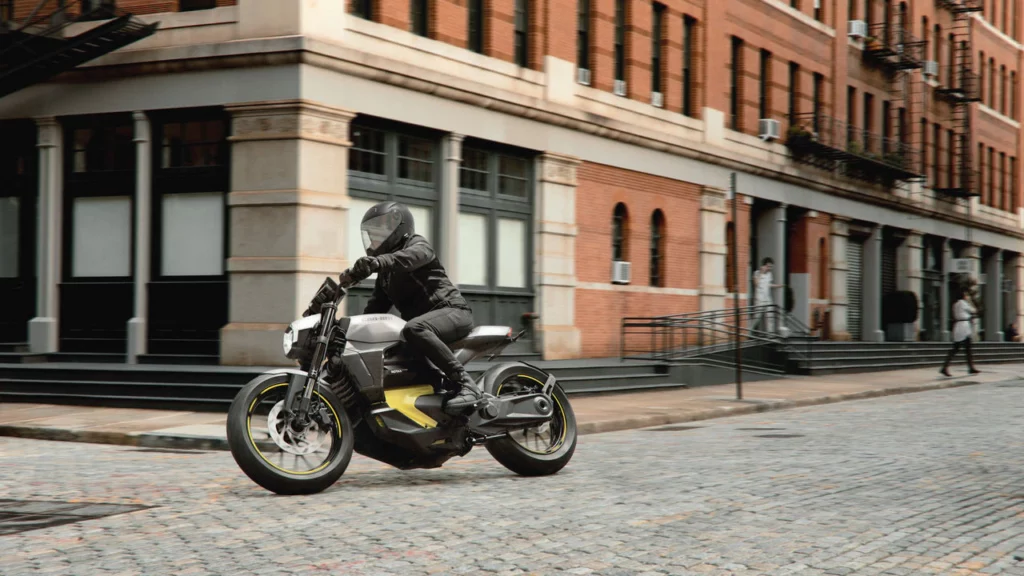
Adorned in 50th Anniversary graphics, the Pulse roadster will mark Can-Am’s 51st year when it hits the showroom. The Origin model, despite being street-legal, is notably better equipped for trail riding, offering a versatile riding experience. Innovative Rotax E-Power electric motors will power both the Pulse and Origin, integrated into the swingarm pivot, with the final drive being by belt. The location, where a gas tank would typically be found, will instead serve as a storage compartment, maximizing utility. A fully enclosed belt drive is featured by the design of the Pulse’s swingarm-mounted Rotax E-power motor, showcasing a blend of form and function. Comparisons are drawn to Vespa designs by the Origin’s electric motor placement, hinting at a blend of classic and modern aesthetics.
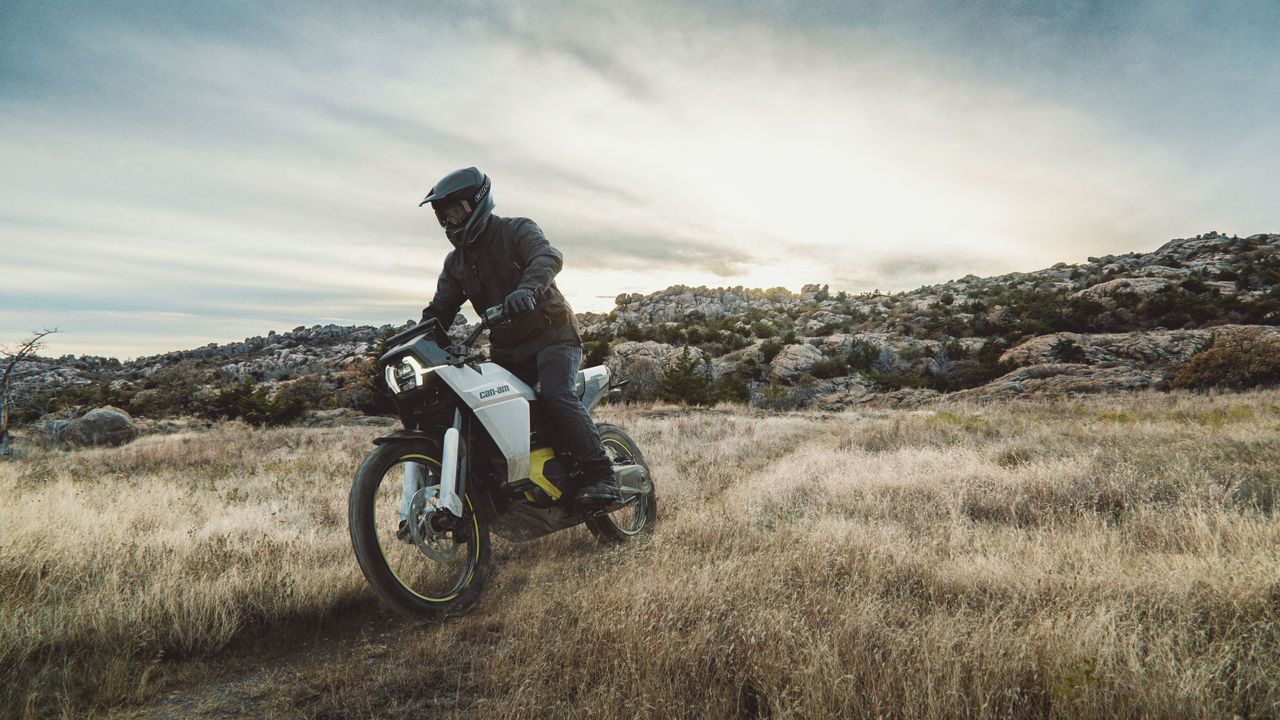
These electric models were first announced in August 2022, marking a significant milestone for BRP. Can-Am had already broken ground on the new Mexican production facility by October 2022, indicating swift progress in their electric venture. Production models are not expected to go on sale for at least another year, although working prototypes of the Origin are currently being tested. With a rich history in the motorcycle industry, Can-Am has notably swept the top 3 places in the 1974 AMA 250 National Championships and won the 1975 AMA Supercross Championship. In 1973, the company produced its first motocross model, the MX1, and continued serial production through the MX6 in 1982. Production, however, was moved to the Armstrong motorcycle factory in England in 1983, marking a brief hiatus for Can-Am in the motocross market.
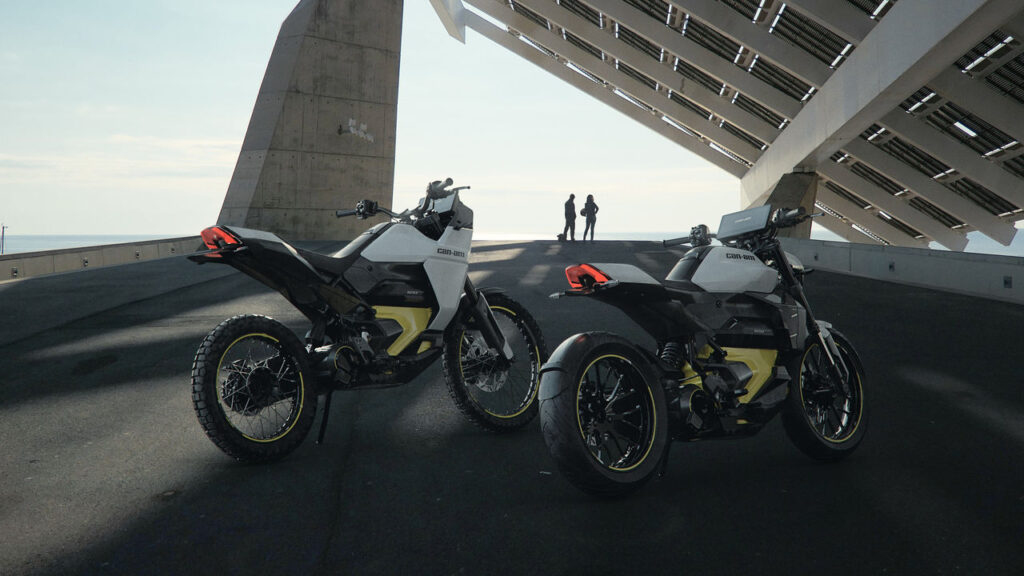
Fifty years after its inception, Can-Am is making a grand return to the motorcycle industry with these two electric models. Teasing the market with images and videos, the company has built anticipation for the launch of the Origin and Pulse. Aligning with current market standards, both models are expected to feature Rotax E drivetrains with level 2 charging capabilities. Sparking curiosity and speculation among enthusiasts, new details about the Can-Am Origin and Pulse have been revealed. The BRP unveiled these electric models in 2022, marking a sensational comeback exactly 50 years after the Can-Am brand debuted in the motorcycle world. The Origin model, an enduro, symbolizes a connection to Can-Am’s roots, featuring long suspension travel and classic wheel sizing. The Pulse, on the other hand, is a non-faired road bike with 17-inch wheels, offering a different riding experience. Expected to be equipped with the Type 2 recharging standard, both bikes allow recharging at a maximum of 7.6 kW.
Similar Posts
Insights have been provided by the patent images into the battery structure, revealing it as an integral part of the frame, composed of 7 modules with 70 cells each. The battery uses LG M50L cells in the “21700” format, similar to those used in older Teslas and Ducati’s MotoE bike, with a hypothesized total capacity of 8.8 kWh. Although official specifications are yet to be confirmed, this capacity could potentially allow for a travel range of at least 100 km. The placement of the engine behind the swingarm pivot is a unique design choice, reminiscent of scooters and possibly facilitating maintenance work. With the foundation stone laid on October 3, 2022, the creation of a new plant in Queretaro, Mexico, was announced after the unveiling of the two bikes.
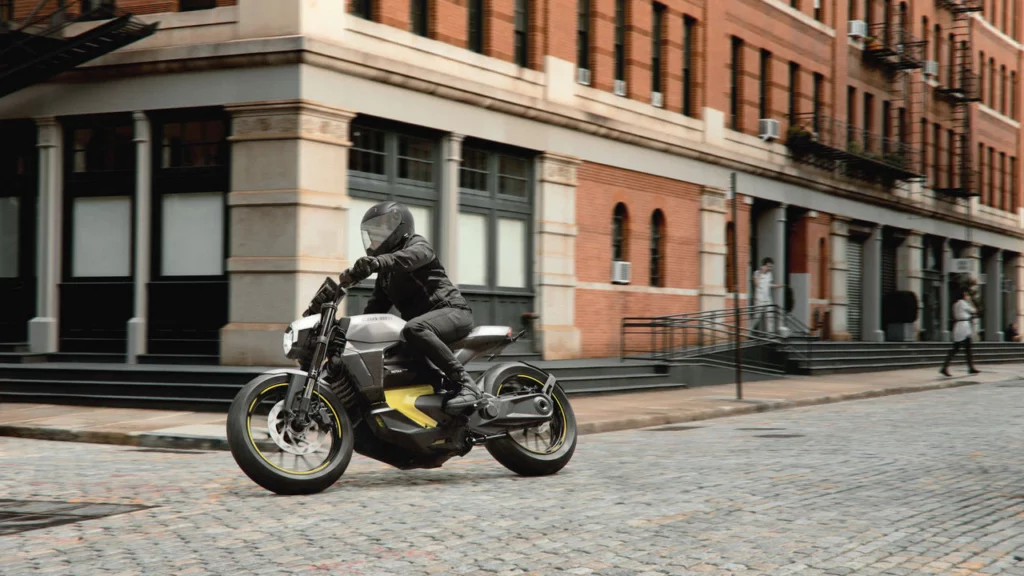
With Can-Am remaining tight-lipped about the specific range and performance targets, testing of the electric models is well underway. Adding a dose of reality to the project and impressing test riders, real-world prototypes have been released. Some image titles included the term “35kWh”, which Can-Am confirmed was included in error and does not reflect the bike’s actual battery size. With a separate main chassis dedicated to batteries and control electronics, the battery pack is liquid-cooled, suggesting a high level of performance, and the door is open for higher-capacity cells as technology advances. With specifications expected to be announced next summer, official claims about performance or range are still pending. Possibly referencing older Can-Am models labeled as a shortened version of “Track’n’Trail”, the term “TNT” appears in Can-Am image titles.
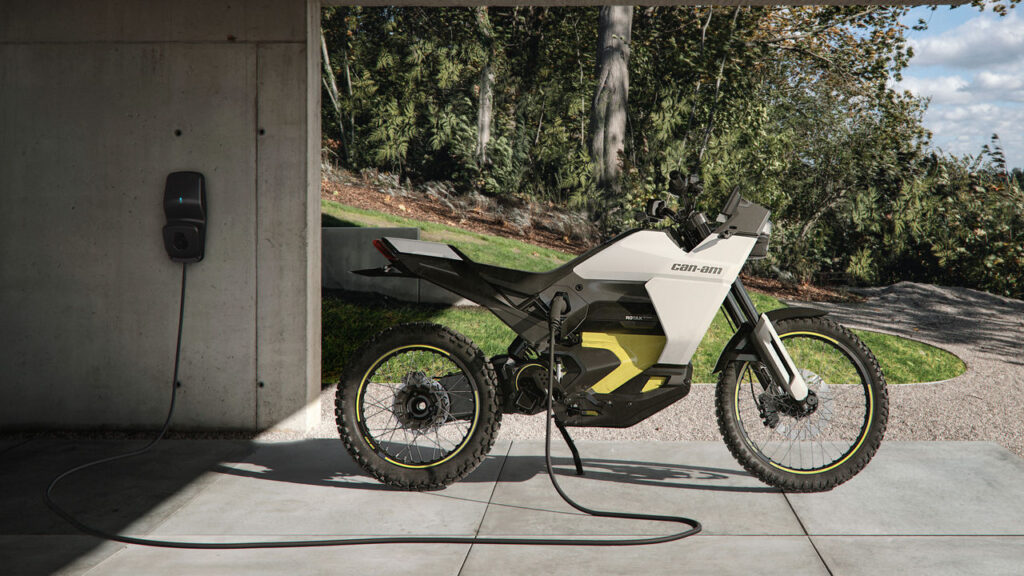
A blend of innovation and heritage is represented by the Can-Am Origin and Pulse, marking the brand’s reentry into the motorcycle market. Can-Am’s venture into electric motorcycles is eagerly anticipated by enthusiasts and industry experts alike, with a history of success and innovation. The motorcycle community is abuzz with speculation and excitement, awaiting the arrival of Can-Am’s electric offerings in 2024, as the launch date approaches.

